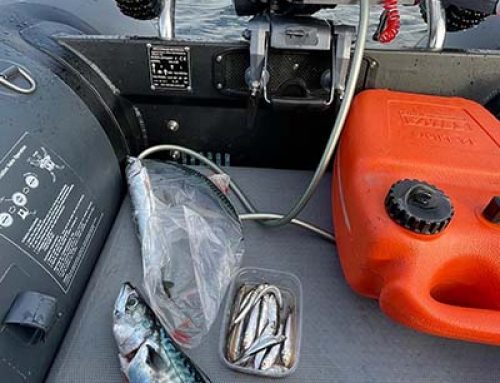When choosing the best inflatable boat, it is important to understand the technical specifications and how they affect the boat’s performance, durability and usability. Here is a more detailed review of the technical aspects: 1. material choice: PVC vs. Hypalon PVC: Advantages: Low weight and lower price. Modern PVC boats are often reinforced in vulnerable areas to improve durability. Cons: Less UV resistant and sensitive to temperature extremes. Has a shorter lifespan than Hypalon. Good if the boat has pressure relief valves. Weight and thickness: Typically 0.9 mm to 1.2 mm thickness, with thicker materials providing better wear resistance but increasing weight. Hypalon: Advantages: Extremely durable, UV-resistant, and resistant to chemicals and oil. Have a long lifespan, often up to 20 years. Cons: More expensive and heavier than PVC. Weight and thickness: Typically 1.2mm to 1.5mm thickness, making them very durable but also heavier. 2. soft floor construction: common in smaller and cheaper boats. Easy to assemble and transport, but less stable. Suitable for short trips and light use. Rigid Inflatable Boat (RIB): Has a solid bottom, usually in fiberglass or aluminum, which provides better performance. Heavier and more expensive, but ideal for rough seas and higher speeds. High pressure bottom: An inflatable bottom that combines the simplicity of a soft bottom with extra stability. Popular in small and medium-sized boats, easy to store and transport. Perceived as a hard bottom if the thickness is 10cm. 3. Hull design V-bottom (Deep-V Hull): Provides better stability and ability to cut through waves. Common in larger RIBs and boats for higher speeds. Flat Hull: Provides a stable platform for fishing or diving in calmer waters. Less effective in rough water. Keel: Some boats have an inflatable keel that should improve course stability, but as they are small boats 2.3-3.5 meters, it does not give much effect and it is a part that often leaks air. Catamaran hull: Double hull design provides extreme stability and load capacity. Common in specialty boats and workboats, but also in inflatable boats like the Weststream. 4 Equipment and accessories Engine: Most inflatable boats can be equipped with outboard engines. Usually a maximum power (in horsepower, HP) is given for which the boat is designed. Example: Small boats: 2.5 to 10 HP. Medium boats: 10-70HP Larger RIBs: Up to 100 HP or more. Valve system: The quality of the valves is critical to maintain air pressure. Boats with multiple valves and high-quality systems that do not leak. Rubber boats with multiple sections are a great advantage as they are significantly better than without for safety reasons. D-rings and mooring points: To attach cargo, towlines or accessories such as biminis. 5 Performance and capacity Load capacity: The maximum weight the boat can handle, including passengers and cargo. Make sure you do not exceed this limit for safety reasons. Air pressure: Standard air pressure is usually between 2.5 and 3.5 PSI, but high-pressure models can go up to 8 PSI, providing increased stiffness and performance. Size: Length affects the boat’s ability to handle waves, maneuverability and space on board. Conclusion The choice of inflatable boat should be based on a balance between price, durability, performance and specific uses. By carefully considering material choices, bottom construction, hull design and other technical details, you can find a boat that best suits your needs.
Which inflatable boat is best?
By Janne|2024-08-13T10:03:41+01:00August 13th, 2024|Common concerns|Comments Off on Which inflatable boat is best?





